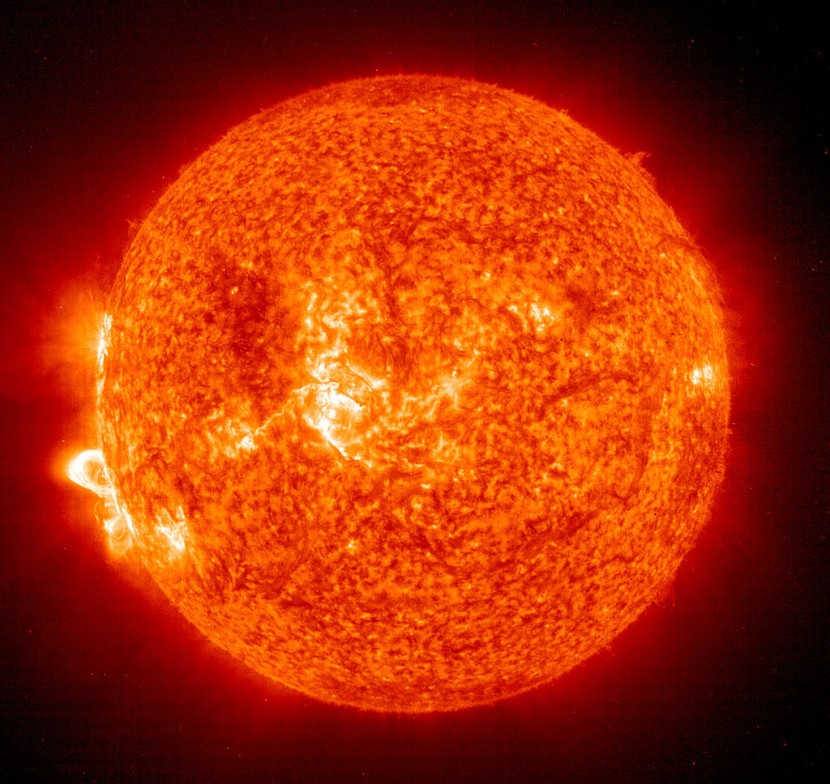
A massive solar storm is set to hit Earth soon as the Sun is expected to release a large amount of plasma, raising questions on how big will the impact be and when can we expect to be hit by it?
The incident is expected to hit our planet by Thursday and is a coronal mass ejection, which is a release of plasma and magnetic energy from our solar system's star's dying sunspot, which is called AR2987. These sunspots are relatively cool areas on the Sun's surface that are caused by the huge power of its magnetic field interfering with the convection process.
Massive Solar Storm
This particular sunspot released the energy, a C-class solar flare, on Apr. 11 and is expected to reach the Earth by Apr. 14. When it strikes our planet, it could potentially cause a geomagnetic storm. Fortunately, the ejection is only classified as a "moderate" impact and is not considered a threat.
Power systems on our planet could experience voltage alarms, spacecraft could experience drag, and auroras could be spotted in cities like New York and Idaho once the energy reaches us, as per Independent.
Currently, our Sun is experiencing an increase in solar activity as part of its solar cycle, which typically lasts 11 years and is filled with eruptions and bursts of radiation. Experts say that the number of sunspots they could see in this cycle is rising and will hit its peak in 2025.
Read Also: NASA Hubble Image Captures Biggest Comet Ever Spotted; When Will It Get Close to Sun, Earth?
NASA and the National Oceanic and Atmospheric Administration (NOAA) have monitored our star's CME emissions. Authorities predicted that the storm might intensify after it hits our planet due to the extremely rapid solar wind stream.
According to Weather, the Centre of Excellence in Space Sciences India (CESSI) posted a tweet where they said a model they created indicated a very high probability that the impact on Apr. 14 will have speeds ranging from 429 to 575 kilometers per second. The agency added that solar wind and near-Earth space environmental conditions were returning to normal levels.
Effects on the Earth
The massive geomagnetic storm is capable of damaging the Earth's electric grid and other resources. This situation could cause a large-scale blackout in several regions on the planet and is expected to reach G-2 levels in higher altitude places.
A well-known space weather physicist, Dr. Tamitha Skov, posted on Twitter about the expected filament eruption in the Earth-Strike zone. She said that the incident is expected to cause auroras down to mid-latitudes resulting in sporadic disruptions of GPS reception $ amateur radio propagation, especially on the planet's nightside, DNA India reported.
While significant, the solar storm is not expected to be dangerous due to all of the harmful ultraviolet, infrared, and gamma radiation released will be absorbed by the planet's atmosphere. Experts said there was no direct threat to humans on the planet. The G-2 level is founded on a scale from G-1 to G-5 where G-1 is the lowest level storm with minimal impact while G-5 is the highest and is an extremely powerful solar storm with severe damage potential, as per Hindustan Times.
Related Article: Colossal Ancient Impact on the Moon Explains How the Near, Far Side Differs From Each Other
© 2026 HNGN, All rights reserved. Do not reproduce without permission.








